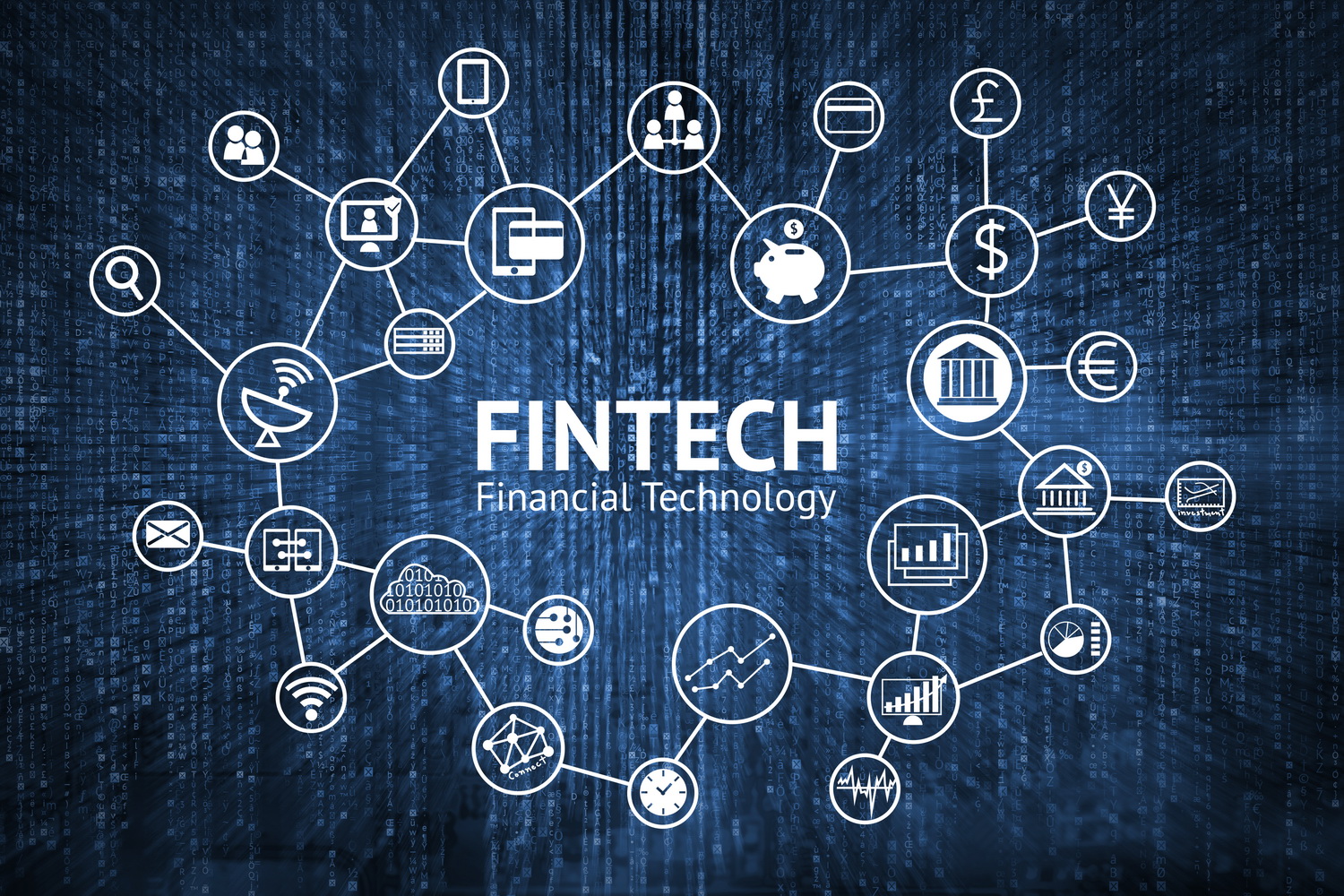Block Mirror: A Deep Dive Into Dystopian Website Access Solutions

Table of Contents
Understanding Censorship and Website Blocking
Website blocking, a cornerstone of internet censorship, employs various techniques to restrict access to specific online content. These methods include:
- DNS Filtering: Manipulating Domain Name System (DNS) servers to prevent resolution of specific domain names, effectively hiding websites from users.
- IP Blocking: Directly blocking access to websites by preventing connections to their IP addresses.
- Deep Packet Inspection (DPI): Examining the content of network packets to identify and block specific keywords, protocols, or file types.
The motivations behind such censorship are multifaceted:
- Political Censorship: Governments often restrict access to websites that criticize their policies or promote opposition movements.
- Social Censorship: Content deemed morally objectionable, offensive, or harmful may be blocked, often reflecting cultural or religious norms.
- Economic Censorship: Businesses or corporations might block access to competitor websites or content that threatens their interests.
Countries like China, Iran, and North Korea are infamous for their extensive internet censorship, restricting access to a wide range of websites, including social media platforms, news sources, and political blogs.
- Types of Censorship: Government censorship is the most pervasive, but corporate and self-censorship also play significant roles.
- Impact of Censorship: Censorship severely limits freedom of information and expression, hindering democratic processes and stifling innovation.
- Examples of Blocked Websites: Popular social media platforms, independent news outlets, and websites advocating for human rights are frequently targeted.
How Block Mirrors Function
Block mirrors employ various technologies to circumvent censorship and access blocked websites:
- Proxies: Proxy servers act as intermediaries, masking a user's IP address and making it appear as if the request originates from a different location. This allows users to bypass geographical restrictions and IP-based blocks.
- VPNs (Virtual Private Networks): VPNs create encrypted tunnels between a user's device and a remote server, shielding their online activity from surveillance and censorship. This offers a higher level of security and privacy than simple proxies.
- Tor Network: The Tor network anonymizes internet traffic by routing it through multiple relays, making it incredibly difficult to trace the origin of a request. This is particularly effective against deep packet inspection.
Encryption and obfuscation are crucial components of block mirror technology. Encryption scrambles data, making it unreadable to unauthorized parties, while obfuscation techniques disguise the true nature of the data being transmitted.
However, block mirrors are not without their limitations and vulnerabilities:
- Detection: Sophisticated censorship mechanisms are constantly evolving, employing techniques to detect and block even advanced block mirror technologies.
- Speed: Routing traffic through multiple servers or relays can significantly slow down internet speed.
- Security Risks: Using poorly secured proxies or VPNs can expose users to security risks, including data breaches and malware infections.
The Ethical and Legal Implications of Block Mirrors
The use of block mirrors raises several ethical and legal concerns:
-
Ethical Dilemmas: While block mirrors can be used to access crucial information and protect freedom of expression, they can also be used to access illegal content, undermining government control and potentially facilitating harmful activities. The balance between individual freedom and societal stability is a complex ethical issue.
-
Legal Ramifications: The legality of using block mirrors varies significantly across jurisdictions. Some countries actively prosecute individuals for circumventing censorship, while others have more permissive laws. Penalties can range from fines to imprisonment.
-
Potential for Misuse: Block mirror technologies can be misused for malicious purposes, including cybercrime, spreading disinformation, and engaging in other illegal activities.
-
Ethical dilemmas: The use of block mirrors presents a constant ethical tension between individual liberty and state control.
-
Legal repercussions: The legal landscape surrounding block mirrors is dynamic and varies significantly by location.
-
Potential for malicious use: The anonymity offered by some block mirror solutions can be exploited for harmful activities.
Block Mirror Alternatives and Future Trends
Beyond traditional block mirrors, alternative methods for accessing blocked content are emerging:
- Decentralized Networks: Decentralized networks, like blockchain-based systems, are inherently more resistant to censorship as they lack a central point of control.
- Mesh Networks: Mesh networks create peer-to-peer connections, making it harder to disrupt access to information.
Future developments in censorship circumvention technology are likely to focus on:
-
Advancements in Encryption: Stronger encryption algorithms will make it harder for governments to intercept and decipher online communications.
-
Improved Anonymity Techniques: New techniques for anonymizing online traffic will continue to be developed, making it increasingly difficult to track users' online activities.
-
Decentralized networks: These offer a more resilient approach to overcoming censorship by distributing control.
-
Mesh networks: Creating localized, self-organizing networks that are harder to disrupt.
-
Advancements in encryption and anonymity: Ongoing technological advancements are key to improving the effectiveness of block mirrors.
Conclusion
Block mirrors represent a double-edged sword in the fight for internet freedom. While they offer a vital means of accessing information in censored environments, they also present ethical and legal challenges. Understanding their functionality, limitations, and potential for misuse is crucial. The future of internet access hinges on ongoing innovation in encryption, anonymity, and decentralized networking, shaping the ongoing battle against censorship. Learn more about navigating internet restrictions by exploring the nuances of different block mirror solutions, researching VPNs, or delving deeper into the complexities of the Tor network. Informed decision-making is key to effectively utilizing block mirrors and advocating for a free and open internet.

Featured Posts
-
 Rekord Leme Pobit Ovechkin Sravnyalsya V Pley Off N Kh L
May 16, 2025
Rekord Leme Pobit Ovechkin Sravnyalsya V Pley Off N Kh L
May 16, 2025 -
 Congos Cobalt Export Ban Market Impact And The Upcoming Quota Plan
May 16, 2025
Congos Cobalt Export Ban Market Impact And The Upcoming Quota Plan
May 16, 2025 -
 Vont Weekend 2025 April 4 6 107 1 Kiss Fm Highlights
May 16, 2025
Vont Weekend 2025 April 4 6 107 1 Kiss Fm Highlights
May 16, 2025 -
 Investing In Microsoft A Hedge Against Tariff Risks
May 16, 2025
Investing In Microsoft A Hedge Against Tariff Risks
May 16, 2025 -
 Tom Cruises Relationships A Comprehensive Overview
May 16, 2025
Tom Cruises Relationships A Comprehensive Overview
May 16, 2025
